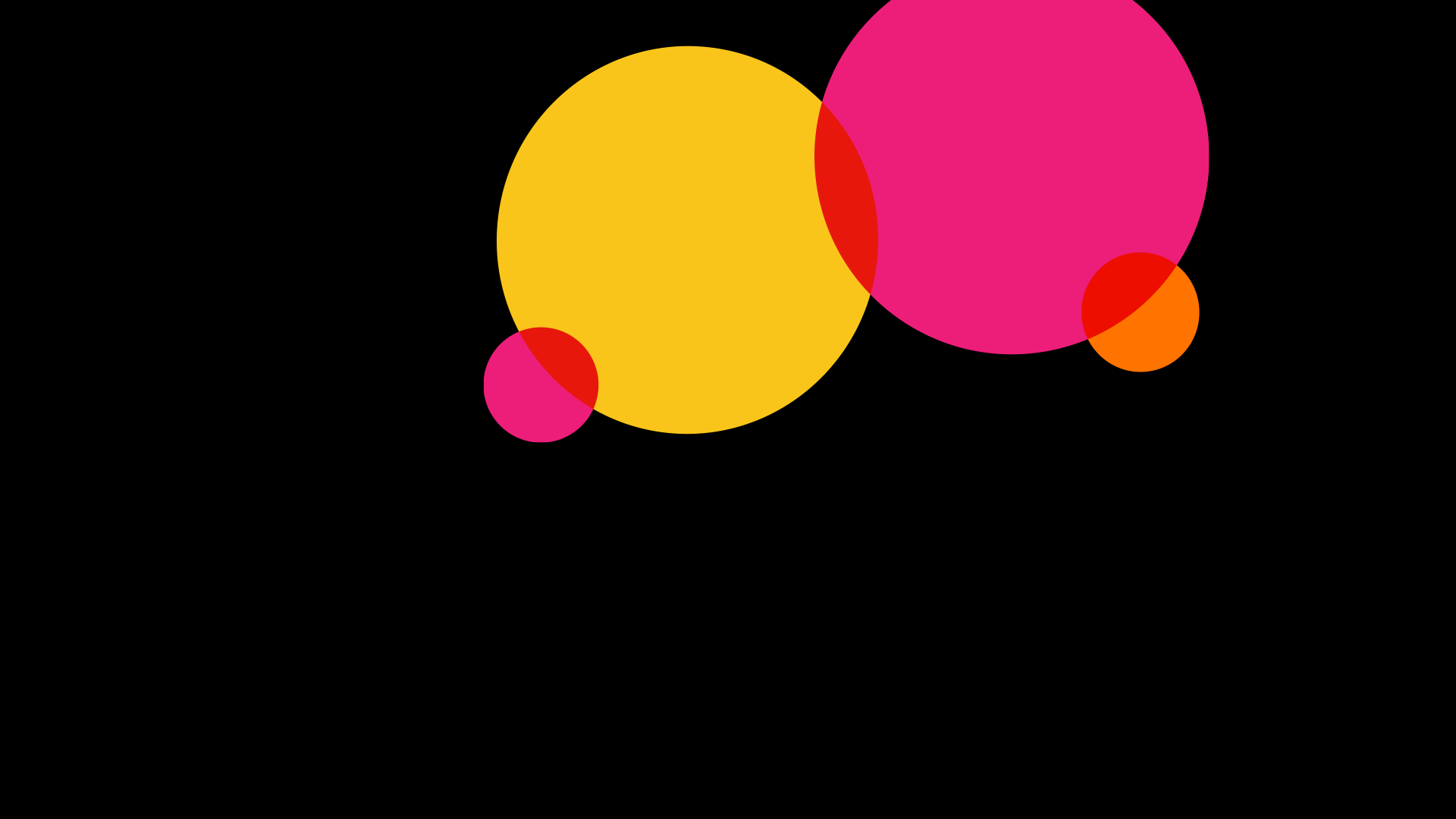Lindsay: I’m so glad you mentioned the symbols, I think it’s a really nice example of remembering to do something that adds a bit of delight and distinctiveness and creativity to the final output. There is a danger for designers, and people building these products, that usability becomes synonymous with ‘boring’, and that you always take the easy path. For example, the easy path for your team would be to simply say, ‘Right, we’re just going to choose a framework, we’ll go with material design, and we’ll just base it all on that’. And that’s totally valid as a business decision. But what I love is that you guys as the client said, ‘You know, we want this to be an Identec Solutions solution’. And you made the choice and said you really liked the icons and the icon styles. And while it would have been easier if we’d had an icon font, so you could just ‘type in and roll out’, you saw the value in not taking that easy path. That’s what I look for in a client, someone who’s willing to value the small touches that elevate a project above the everyday.
Gavin: That’s interesting, because at GW+Co we work a lot with insight. We love going out and asking for people’s opinions, and researching, and even having random discussions with strangers on trains. We’re a curious bunch. Obviously, we couldn’t send Lindsay down a mine, or coach people on an oil rig. But the collaboration process unlocks the insight. Dieter, you have a very specific user base, so I guess the question is, do you see other people in your industry using this type of approach?
Dieter: I don’t think so. I think we stand out in that respect. Several years ago, we launched a new product at a trade show in London, and back then it was the time of Windows 10 and software ’tiles’ were brand new. So, we just used that. But people still came to our launch and said, ‘What a nice user interface!’ The industry is very slow changing. Currently, everybody’s eager to see the results [of the new design] in the products, and my team is working on that. From all sides we hear, ‘When can I use it?’ I even see people using the sketches or Figma screenshots in their presentations, and I’m thinking, ‘How did you get this one?’, because we didn’t share it! I don’t know how these things end up floating through the organisation, but you can see that people are enthusiastic about the new look and feel of the user interface. Everybody loves the new logo, the new corporate design, the story behind it, and all these things. The next step is to take it one level further and have user interfaces that transmit the same message. And that’s really awesome, it’s an exciting time. In June, we will launch the first applications with that design, and with all the energy that I currently feel in the organisation, I think it’s going to be great.
Gavin: It sounds like demand for the quality of the interface and experience has been driven mainly by the users? Or do your comments about Windows 10 suggest that maybe your industry, or manufacturing industries generally, aren’t as advanced in terms of user focus?
Dieter: Our industry isn’t so advanced. Changing systems is always a big investment. In the sectors we’re active in, software as a service is still far away. So, you’re not going to hear people saying, ‘I don’t like our old mainframe, I’ve replaced it with a fancy software-as-a-service offering, starting next month’. That doesn’t work. People use systems for at least 10 years, or around 10 years anyway. Even users get to see changes or improvements rather slowly. It’s a bit like when you’re working in a company that doesn’t have the budget to update you to the newest version of a certain software, and it feels as if other people are passing you left and right and you’re being left behind. That’s what happens in some of these industries, and that’s why, when you have the opportunity for an upgrade project or a new rollout, I think it’s extremely important to stand out, to give people something state of the art. Some vendors don’t, and I think that makes a difference, because it’s not only technical product quality, but also usability and look and feel that’s important.
Gavin: Lindsay, from the designer’s perspective, should change be led by industry or by users?
Lindsay: It’s hard to give a firm answer to that, there are so many variables. But a couple of steps back, we were talking about how important it is for Identec’s software to work in different environments, and I think we’ve been able to design that successfully because of the players on the team. Dieter mentioned the need for people to be able to use these applications with gloves on, and, to Gavin’s point, I have never been down a mine, but I know the system we had to design needed to be flexible enough for those kinds of applications. Ultimately, that’s down to you Dieter, and your team having the understanding of how end users implement those products. And I think that was important for the success of the project, having all the right people involved to deliver these kinds of applications successfully. That means you need great graphic design and user interface design, you need exceptional audience knowledge and product knowledge, and exceptional development knowledge, and so on. As long as you can put all those skill sets together, it doesn’t matter if a particular skill set is sitting on our side or sitting on the client side. The important thing is that it’s there.






